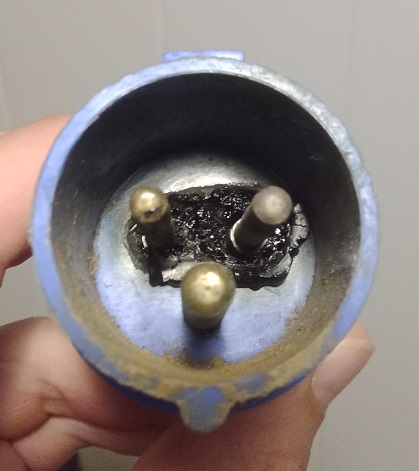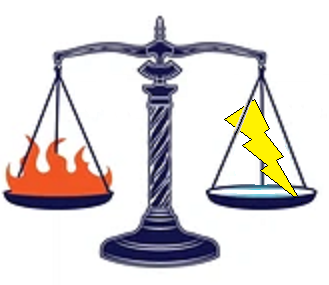The people carrying out these inspections and their purpose
If you already have a standard 10 amp MCB fitted then these inspections won't affect you in any way; if anything you'll be safer.
As most people will know, the inspections are being carried out by Luna, a large company which specialises in all types of electrical work.
For years, they have been subcontracted by managament to handle jobs deamed too large or time-consuming for the site electrician to deal with.
Right now, they are tasked with checking all the electric supply panels which feed the different parcelas to ensure the following:
-
That each user has an MCB (also known as "breaker" or "fuse") rated at no more than the standard 10 amps allowed for each plot.
-
That no one has "hard wired" their home into the mains cables by by-passing the safety devices, which has actually happened several times before.
-
That the different breakers look functional and have legible labels.
The ultimate goal of these checks, of course, is to improve our safety where electrical fires are concerned.
Why people have more than 10 amps
Everyone already knowns this, but if you have 16, 20 or more amps, than you can run more appliances at the same time and you're less likely to trip the electric all the while.
In this day and age, eveything is made for homes with more than 10 amps, which makes coping quite hard for many people - there is no denying that.
Downsides of having more than 10 amps
-
When the site's grid was originally designed, the calculations used to work out the wire gauges assumed that the average user would use no more than 10 amps.
When hundreds of parcelas then start using 16 or more amps the grid becomes massively overloaded, and the mains cables and other equipment can't cope.
Let's not forget that a few years ago the transformer on the shop's carpark actually caught fire because of this.
-
You can use really heavy duty cables to wire up your home, but you still use the blue industrial plug rated at a maximum current of 16 amps, in order to connect to the supply panel.
At a full 10 amps the plug will perform as expected when properly fitted, but even when running at 16 amps for long amounts of time the terminals can start to arc if nominal conditions aren't met.
At 20 or more amps the following will happen sooner or later:

This plug was actually used by someone on our site.
Plugs and sockets melting or burning out is something that happens very often, even if you don't hear about it.
-
Unless your house has been checked by a qualified electrician, chances are some parts of your home may not even be able to cope with more than 10 amps.
-
By interfering with the site equipment you are breaking the site rules, the law and you're creating a fire hazard.
Conclusion
If the site check your electric supply panel it will make your home safer and less likely to catch fire, and it will also mean your neighbours are less likely to start a fire if they have altered their MCBs.
By putting an adequate timer on your boiler, by using a low-wattage kettle or by fitting an energy efficient air-con unit you can greatly reduce your power consumption, even if you're used to more than 10 amps.
We all know 10 amps is very little power, but compromising everyone's safety is NOT the answer.
Ultimately, you have to decide whether you value your comfort over your well-being.

This piece was written by a qualified electrician, living on site and coping with 10 amps.